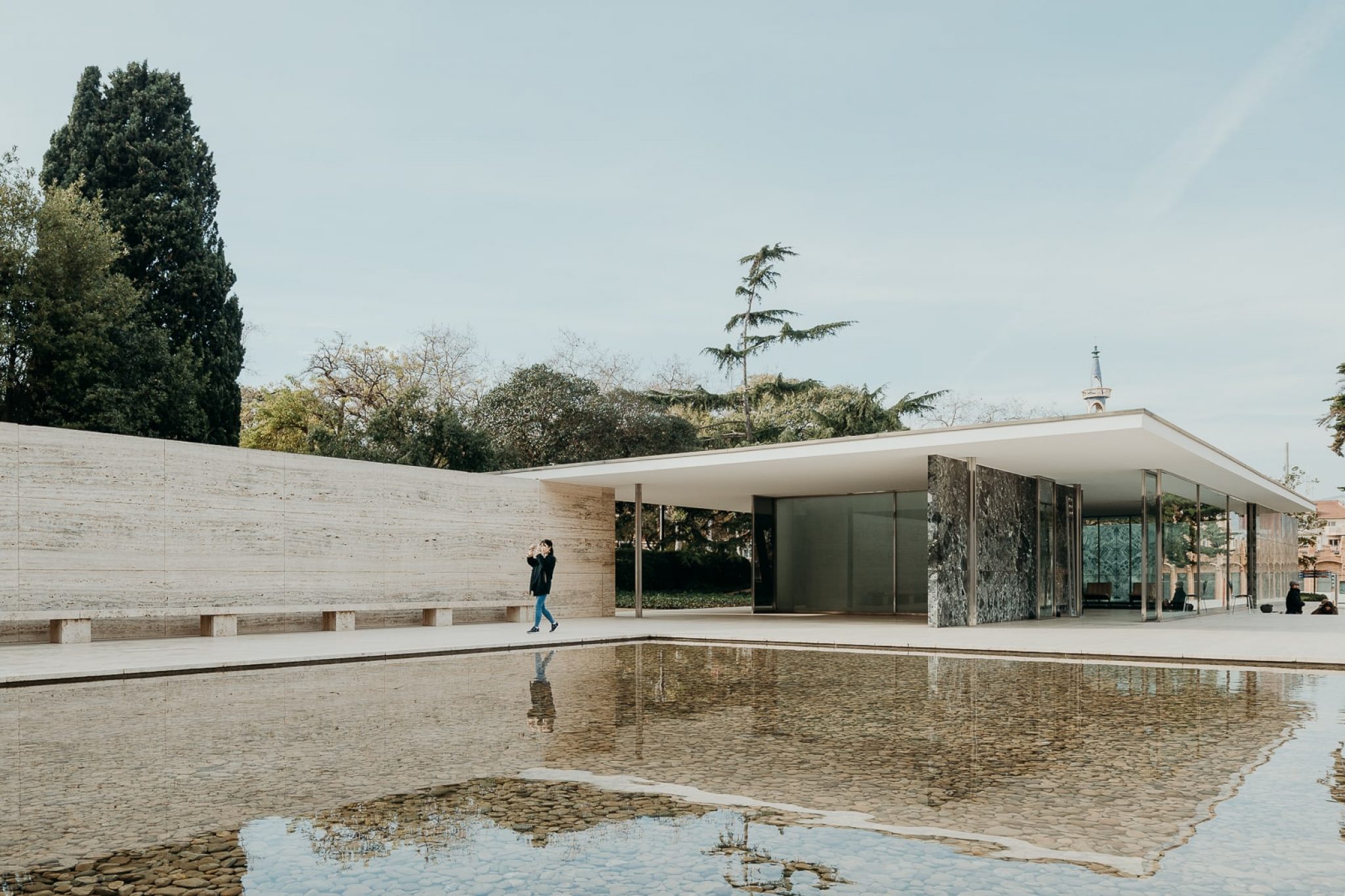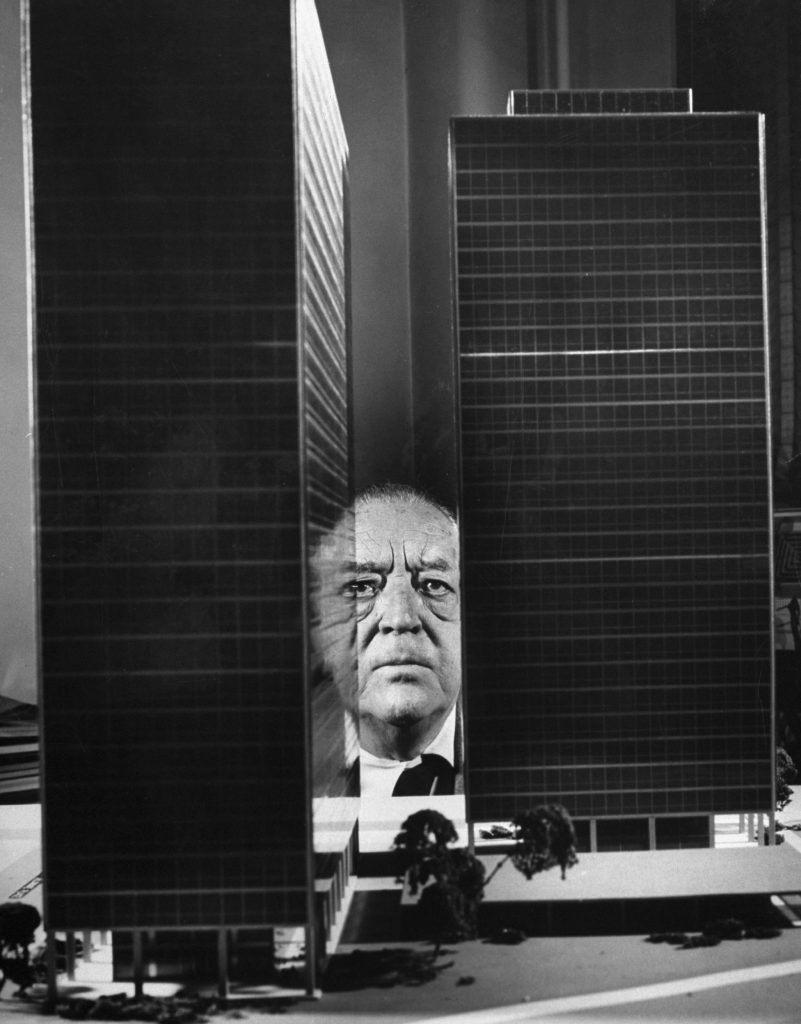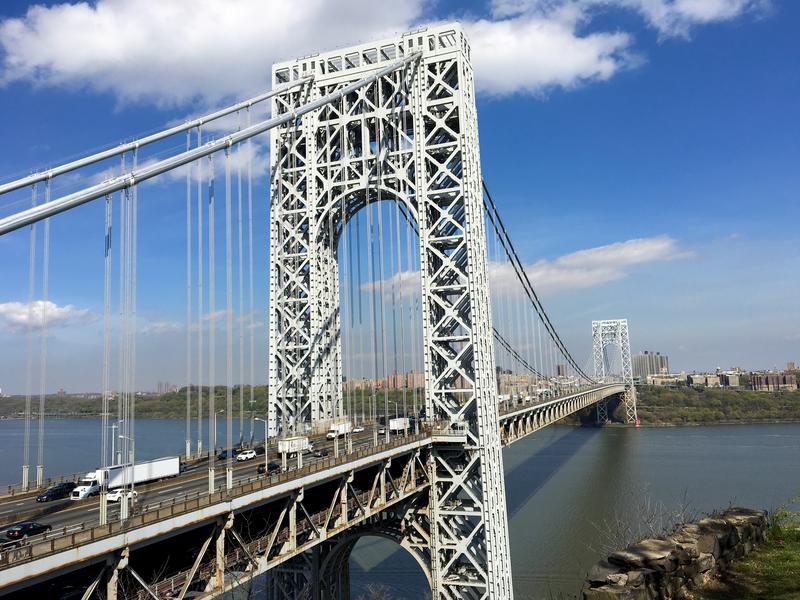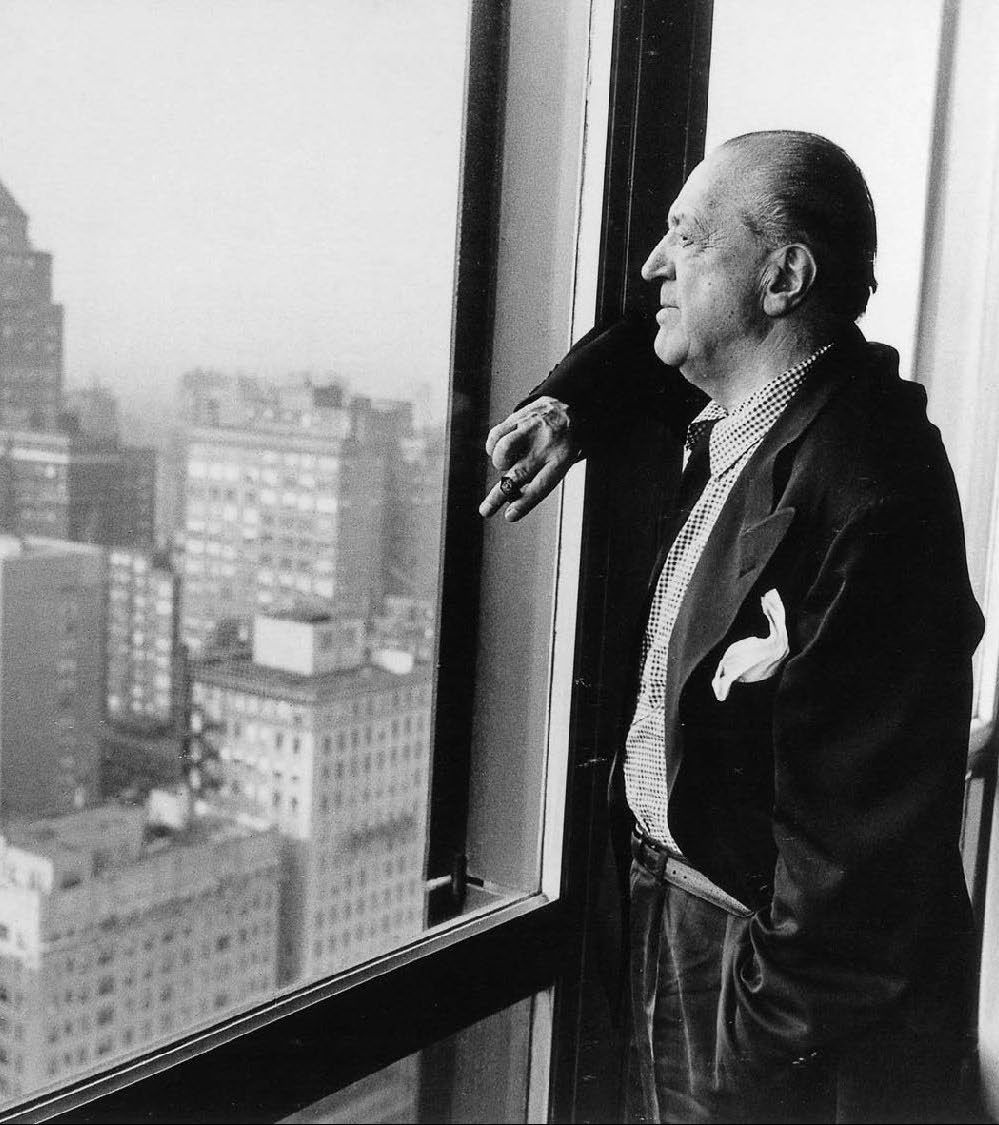Ludwig Mies van der Rohe is a German-American architect and a pioneer of modernism. He designed the Barcelona Pavilion, Seagram Building, 860-880 Lake Shore Drive, and Farnsworth House, and he is the one who said, “Less is more,” but you already know that. You know all of it, so what we will be giving you here are some interesting, and maybe, facts which you most probably don’t know about the famous 20th-century architect of the International Style.
14 Interesting Facts About Mies Van Der Rohe
1.Mies first worked at his father’s stone-carving shop. This job gave him a unique sense of materials which he showcased in his famous Barcelona Pavilion.

The Barcelona Pavilion By Ludwig Mies Van Der Rohe
2.He never received any formal architectural education, or even higher education, as his family could not financially support it. However, he worked as an apprentice in local design firms and that is how he got into the profession.
3.He got his first job as an architect when he managed to design a façade, which his employer has been pondering upon for weeks, in just one hour.
4.He started working for Peter Behrens in 1908, and there he became a colleague with Le Corbusier and Walter Gropius, with whom he developed a sort of friendly rivalry.
5.Ludwig Mies van der Rohe is not just another typical name. At the age of 30, when Mies was transforming into a full-fledged architect he decided to transform his name too, from Ludwig Mies to the version we all know. Mies is his father’s family name, Rohe is his mother’s family name, and the dutch “van der” is a reminder of his German origins and the neighboring Netherlands.
6.This one might let you down a bit. Mies van der Rohe might not be the one who originated the famous “less is more” motto. According to the architect, it was his mentor Behrens who first said it to him, but he meant it differently.

Architect Ludwig Mies van der Rohe peered between two large models of ultra-modern apartment buildings he designed for Chicago’s Lake Shore Drive, 1956.
7.In 1930, Mies became director of the Bauhaus at the request of Gropius. He was the last director before the school was forcibly pressured to close by the Nazis in 1933.
8.The Nazis gave Mies the chance to keep the school going only if the curriculums were re-adapted to “the demands of the new State,” and that’s when he decided to close the school himself.
9.Due to lack of work, the architect succumbed and signed a motion of support for Hitler in 1934 which might have earned him a commission to design the new state’s Reichsbank, if Hitler hadn’t met Albert Speer around then and found his plain classism to be more expressive of Germany. That was when the architect decided to leave the country for good.
10.After leaving Germany in 1937, Mies was offered the director position at the Armour Institute of Technology in Chicago which he accepted, even though he had declined a similar offer by Harvard University’s school of architecture.
11.Mies van der Rohe might be a source of inspiration to you, but the architect was inspired himself by the Prussian architect Karl Friedrich Schinkel who is famous for his Neoclassical and Gothic Revival buildings in Berlin.
12.The ideal modern structure for Mies van der Rohe in the city of New York was the George Washington Bridge which he thought to be truly expressive of its time. “It is the most modern building in the city,” he said.

George Washington Bridge
13.Between 1953 and 1979, Playboy Magazine began featuring prominent architects, believing the skills associated with the quite influential profession to be seductive. Mies van der Rohe was among the many featured architects in the magazine, along with Frank Lloyd Wright, Buckminster Fuller, Eero Saarinen, and others.
14.A year before his death in 1969, the architect expressed his desire to build a cathedral. He died just a few weeks after his colleague and rival Gropius had died, his grandson and student Dirk Lohan succeeded him in the business along with two partners.


